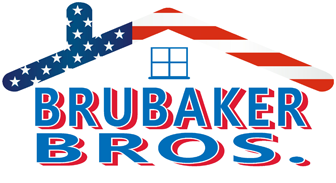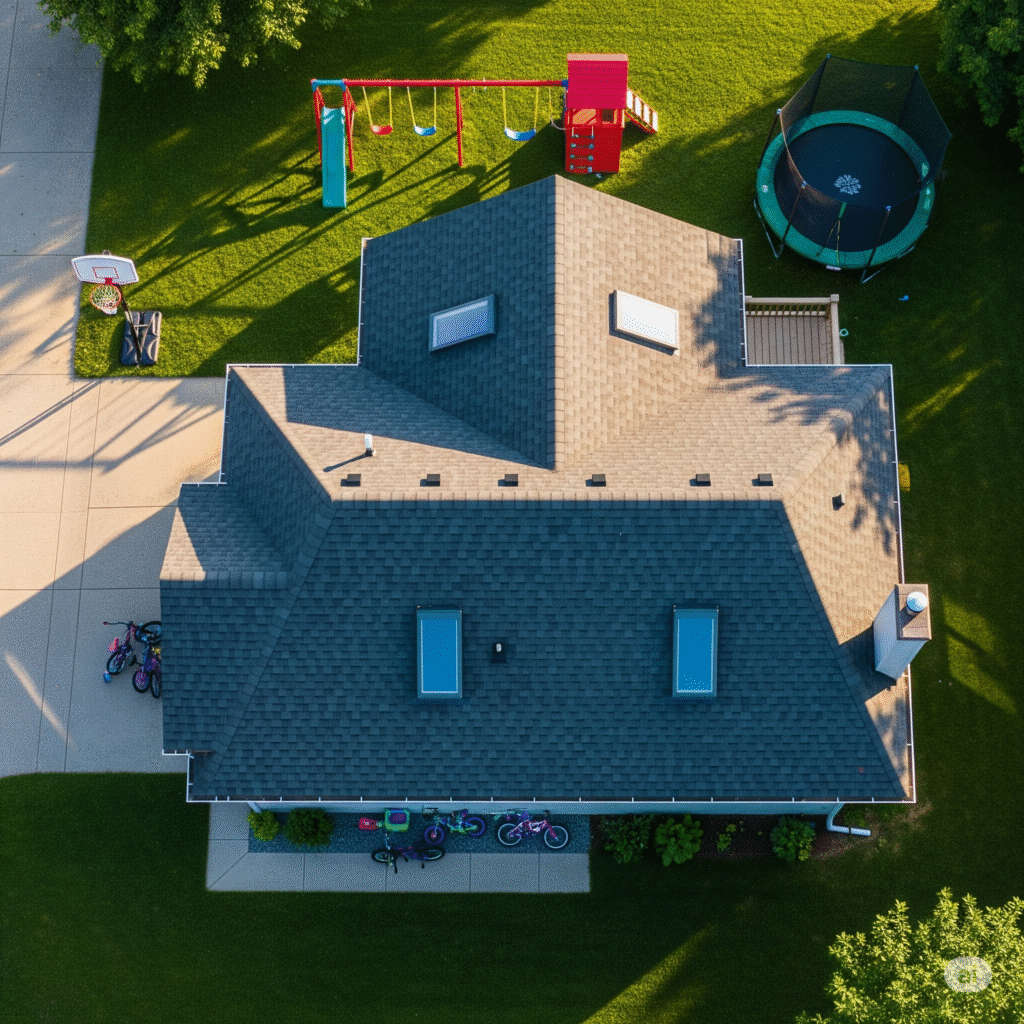A professional roof inspection is an essential part of maintaining your home. Knowing what to expect during this process can help you prepare and understand the steps involved. Regular inspections not only help in identifying potential issues early but also ensure that your roof remains in optimal condition for years to come.
By preparing for and fully engaging in the inspection process, you can be confident that your roof will continue to protect your home effectively.
Preparation for the Inspection
Homeowner’s Role in Preparing for the Inspection
As a homeowner, you play a crucial role in ensuring the roof inspection goes smoothly. Start by clearing the area around your home. Trim any overhanging branches or bushes that might obstruct the inspector’s view or make it difficult to access the roof. Clear your driveway and remove any vehicles that could be in the way, allowing the inspector to set up ladders and other equipment safely.
Inside your home, provide easy access to the attic and other spaces they might need to inspect. Move any items blocking attic entry points or areas near the roofline. These simple preparations can help the inspector do their job more efficiently and thoroughly.
Tools and Equipment Professionals Bring
Professional roof inspectors come prepared with a range of tools and equipment to evaluate the condition of your roof accurately. They will bring ladders to access various parts of the roof safely. Expect them to use flashlights for dark spaces like attics and crawl spaces. Binoculars might be used to examine high and hard-to-reach areas closely.
Roof inspectors also carry moisture meters to detect any hidden water damage. To document their findings, inspectors often use cameras and other recording devices. This equipment helps them capture images and videos that will be included in the inspection report, providing you with a clear understanding of the roof’s condition.
Key Areas Assessed During the Inspection
Exterior Roof Inspection
The exterior roof inspection focuses on the outer surfaces of your roof. Inspectors look for visible signs of damage, like cracked or missing shingles. They also assess the condition of the flashing around chimneys, skylights, and vents, which are common places for leaks. Gutters and downspouts are checked to ensure they are not clogged and are directing water away from the roof and foundation.
Professionals will also examine the roof’s structural integrity. They check for sagging or uneven areas that might indicate underlying damage. They also look for moss, algae, or other plant growth that can harm roofing materials over time. This part of the inspection helps identify issues that need immediate attention to prevent further damage.
Interior Attic Inspection
Inspecting the attic is just as important as examining the exterior. Inside the attic, inspectors look for signs of water intrusion, such as stains, mold, or mildew on rafters and insulation. They also check for proper ventilation and airflow, which are essential for preventing moisture buildup and prolonging the roof’s life.
Inspectors will also look at the insulation. Proper insulation helps in maintaining the home’s temperature and can prevent ice dams during winter. They will also scan for any structural damage or weaknesses in the roof deck. By thoroughly evaluating the attic, inspectors can identify hidden issues that might not be visible from the outside but could still compromise the roof’s overall health.
By understanding these key areas, you can better appreciate the thorough process involved in a professional roof inspection, and know what to expect during the assessment.
Common Issues and Findings
Signs of Damage and Wear
During a roof inspection, professionals often discover common signs of damage and wear that need attention. Cracked, curling, or missing shingles are typical issues that can lead to leaks if not addressed. Granule loss on shingles, which appears as bare spots or areas where the protective covering is worn off, is another sign of aging and wear.
Inspectors also look for water damage, indicated by stains or discolored patches on the roof or attic. These spots can signify leaks or moisture intrusion that may lead to mold or structural damage if not repaired promptly. Damaged or missing flashing, which seals roof joints and prevents water entry, is also commonly identified during inspections and should be fixed to maintain the roof’s integrity.
Potential Problems with Roofing Materials
Roofing materials can suffer from various problems depending on their type and age. For example, asphalt shingles may blister or delaminate, leading to decreased protection. Metal roofs might show signs of rust or corrosion, which weakens their durability. Tiles and slates can crack or break, compromising the roof’s waterproofing capability.
Another issue that might be found is improper installation of roofing materials. This can include misaligned shingles, insufficient overlap, or incorrect fastening. Such installation problems can lead to premature failures and should be corrected to ensure the roof performs well over its intended lifespan.
Post-Inspection Process
Receiving and Understanding the Inspection Report
After completing the inspection, the roofing professional will provide a detailed report of their findings. This report typically includes photographs of the roof and attic, descriptions of any damage or potential problems, and recommendations for repairs or maintenance. It’s essential to review this report thoroughly to understand the condition of your roof.
If there are terms or issues you don’t understand, don’t hesitate to ask the inspector for clarification. Understanding the report fully ensures you are aware of any immediate repairs needed and can plan for any future maintenance. This step is crucial for maintaining the roof’s longevity and ensuring your home remains protected.
Steps to Take After the Inspection
Once you receive and understand the inspection report, the next step is to address any identified issues. Prioritize repairs based on the severity of the damage. Immediate leaks or structural concerns should be fixed as soon as possible to prevent further deterioration. Schedule the recommended repairs with a qualified roofing contractor to ensure they are done correctly.
In addition to addressing immediate concerns, consider setting up a regular maintenance plan based on the inspector’s recommendations. Routine upkeep can prevent minor issues from escalating into significant problems. Also, keep a copy of the inspection report for future reference, as it can be a useful document if you decide to sell your home or make insurance claims.
Conclusion
Regular professional roof inspections are essential for maintaining the health and longevity of your roof. By understanding what to expect during the inspection, preparing your home, and knowing the post-inspection steps, you can effectively manage your roof’s maintenance. These inspections help identify potential issues early, allowing for timely repairs that can save you money and prevent more extensive damage down the line.
Taking these proactive steps not only extends the life of your roof but also ensures your home remains safe and secure. Knowing how often to inspect your roof and following effective maintenance strategies are crucial for long-term protection.
Don’t wait for problems to arise—stay ahead of them with regular inspections and maintenance. For comprehensive roof inspections and expert maintenance services, trust the experienced team at Brubaker Bros. LLC. Contact us today to schedule your roof inspection with our Hershey roofing experts and keep your home protected.




